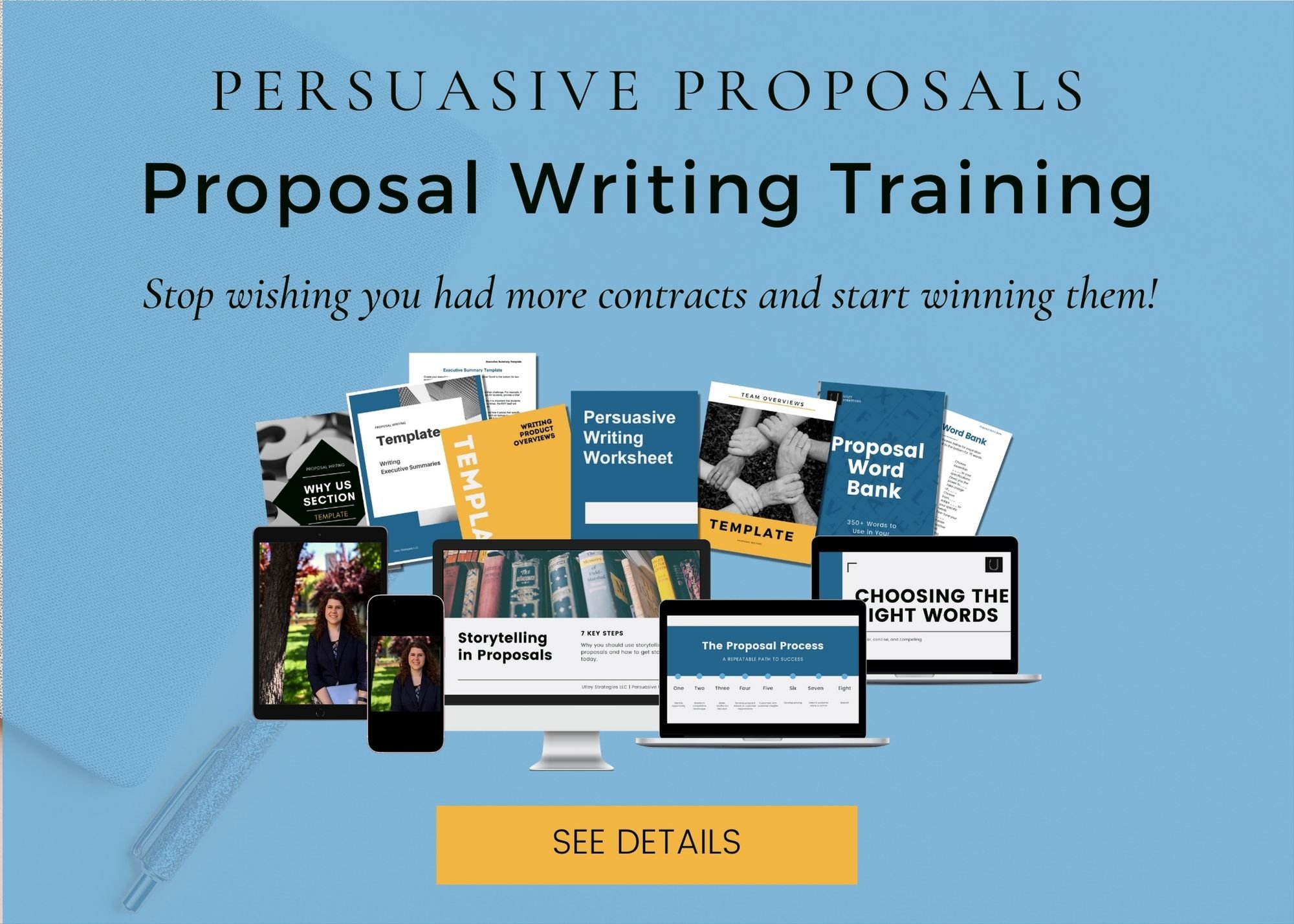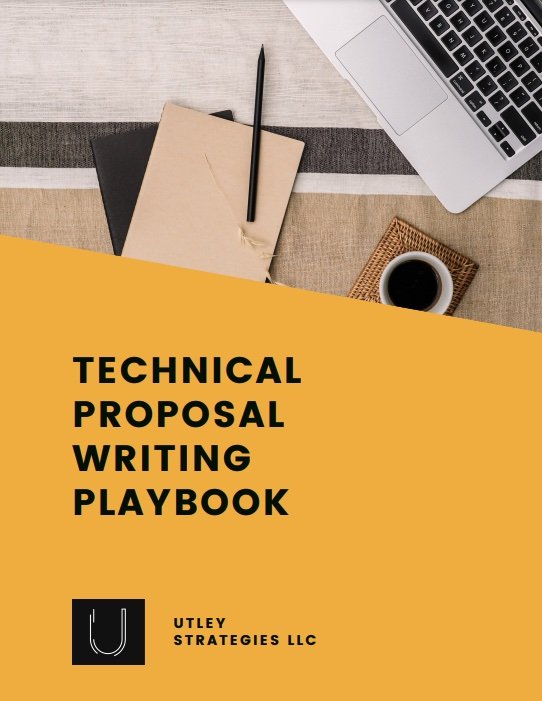How to Win Your First RFP
If you have never responded to an RFP before, your first question might be “How do I actually win an RFP?”. In today’s post, we’re going to look at the tried and true process that nearly every company follows to win their first RFP.
Before you dive into the process, there is one important thing to remember. RFPs are competitive, often with low win rates, and it may take a couple proposals to find your stride. Don’t be discouraged! Even companies with huge proposal teams and well-planned strategies lose. The hard part is getting started and navigating the RFP process. Once you refine the below steps, your first RFP win is inevitable.
Find RFPs
Of course, the first big step in winning RFPs is to actually find RFPs to respond to. How you find RFPs will vary depending on your clients. For example, if you operate in the public sector serving government and public education customers, then finding RFPs is easy. There are many databases that aggregate all open public sector RFPs. You can check out BidSync or BidNetDirect. For federal RFPs, you can head over to beta.sam.gov for a full list of open opportunities. Similarly, grant RFPs are also often publicly available, and some of the government-funded opportunities can be found on these sites as well.
Non-public sector RFPs are a bit more difficult to find. For these organizations, your marketing and business development efforts are key. There is no list aggregating RFPs for commercial companies and many healthcare groups, unfortunately. They only send RFPs to the select group of organizations who they have already reviewed and want to learn more about. This process makes it essential to ensure your company is on the list before they send out the RFP. To do this, you will need to invest in your marketing, sales, and business development tactics to ensure your target buyers know about your company before they go to RFP. Once this happens, you’ll ideally be in the select group of companies invited to respond to the RFP.
Vet Opportunities
After finding RFPs, the next big step is to narrow down the opportunities to those that are a good match for your organization. Not every RFP is perfect for your company, and because you have limited resources and time, it’s not always possible to respond to every RFP. A detailed vetting process with some type of scoring approach will help you to narrow down your potential RFPs to those that are the best fit for your solution.
Vetting opportunities allows you to spend more time on the RFPs that you are more likely to win, which will increase your overall win rate. You can also use the vetting stage to identify your win strategy. For example, since you’re new to RFPs, your goal might be to lower your pricing to win the first few contracts to have more references before increasing it for future opportunities. If that is your approach, then responding to RFPs where pricing is a big factor should be a higher priority than those where pricing is a small part of the evaluation criteria.
Identify Customer Pain Points
This step will likely occur in conjunction with the vetting process. To create a compelling proposal and win that contract, you need to understand the key pain points of the buyer. Some questions to answer include:
Why are they going to RFP? Is there a current solution that isn’t working or is this a new project?
What are the current challenges they’re experiencing and how can our solution solve that?
What type of companies do they tend to buy from? I.e. large consulting firms always, small companies, or a combination? What does this say about their buying process?
What is their goal with this project? What do they envision the final state to look like?
How realistic are their expectations for achieving their desired state?
Once you answer these questions, you have a better understanding of what is motivating the customer to buy, and you can use this to make your proposal more persuasive.
Create Persuasive Proposal Content
Leveraging the insights from the customer pain points analysis, it’s time to develop engaging proposal content. One big approach to take with your content is to write for the customer rather than your company. It’s much easier to write about your company, but if you write the content about the customer, they will enjoy reading your content more. The goal here is to show that you understand their needs and can help them achieve the goal. Focusing too much on your company in your content will leave the reader wondering if you know what they need.
Always make your proposal content easy to read. If you have large chunks of text, split it up into smaller sections with headings or bullet points. Avoid using too much jargon that might alienate readers who aren’t familiar with your industry. Where possible, incorporate graphics to visually represent complex processes or information.
Solidify Pricing
As we touched on briefly in the vetting section, your pricing is a key component of your win strategy. Before responding to an RFP, it is ideal that you have an estimate of how your competitors price to ensure you are in a similar ballpark price range. If you don’t know this, you can always submit the proposal and use the results to learn more about your pricing, though this isn’t always recommended. In most cases, a bit of research can help you to learn more about how to price to win the RFP.
Negotiate Contract
After you submit your proposal, the hard work isn’t over! Some organizations will ask you to present or perhaps submit a Best and Final Offer. In nearly every case, you will also discuss the contract and often negotiate the terms. For some RFPs, it is expected that you provide any redlines to the terms of the contract as part of your proposal. The RFP will include instructions if that is the case.
Start Project
When all of the proper forms and contracts are signed, it’s time to celebrate because you officially won your first RFP! The next step is to start the project, but make sure you take a moment to reflect on the process to improve next time, and, of course, celebrate your win.
If you’re ready to start responding to RFPs, but you need a bit more help, check out our RFPs 101 course, which guides you through the start-to-finish RFP process.




